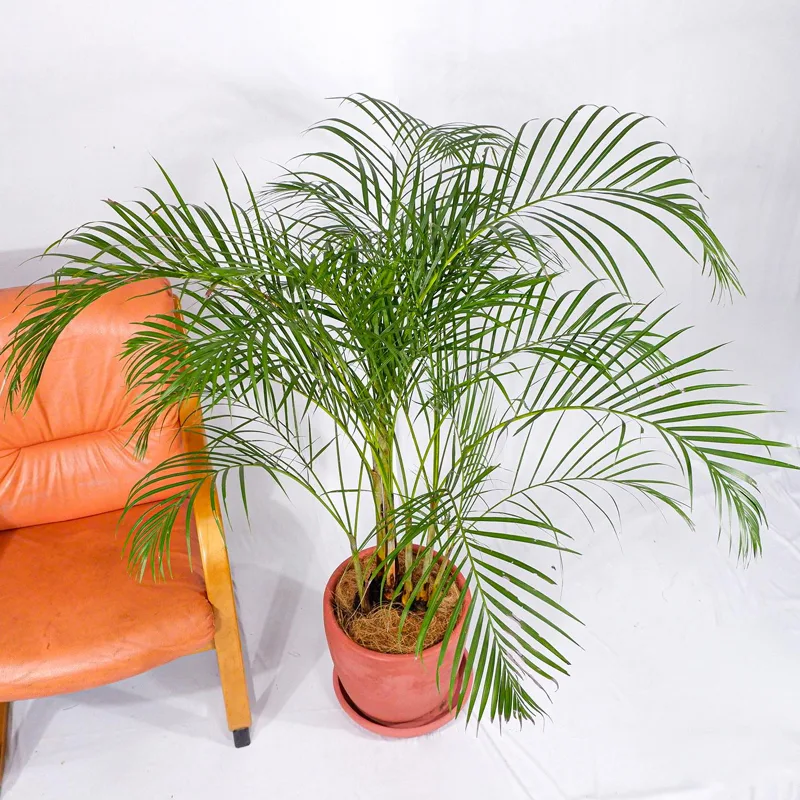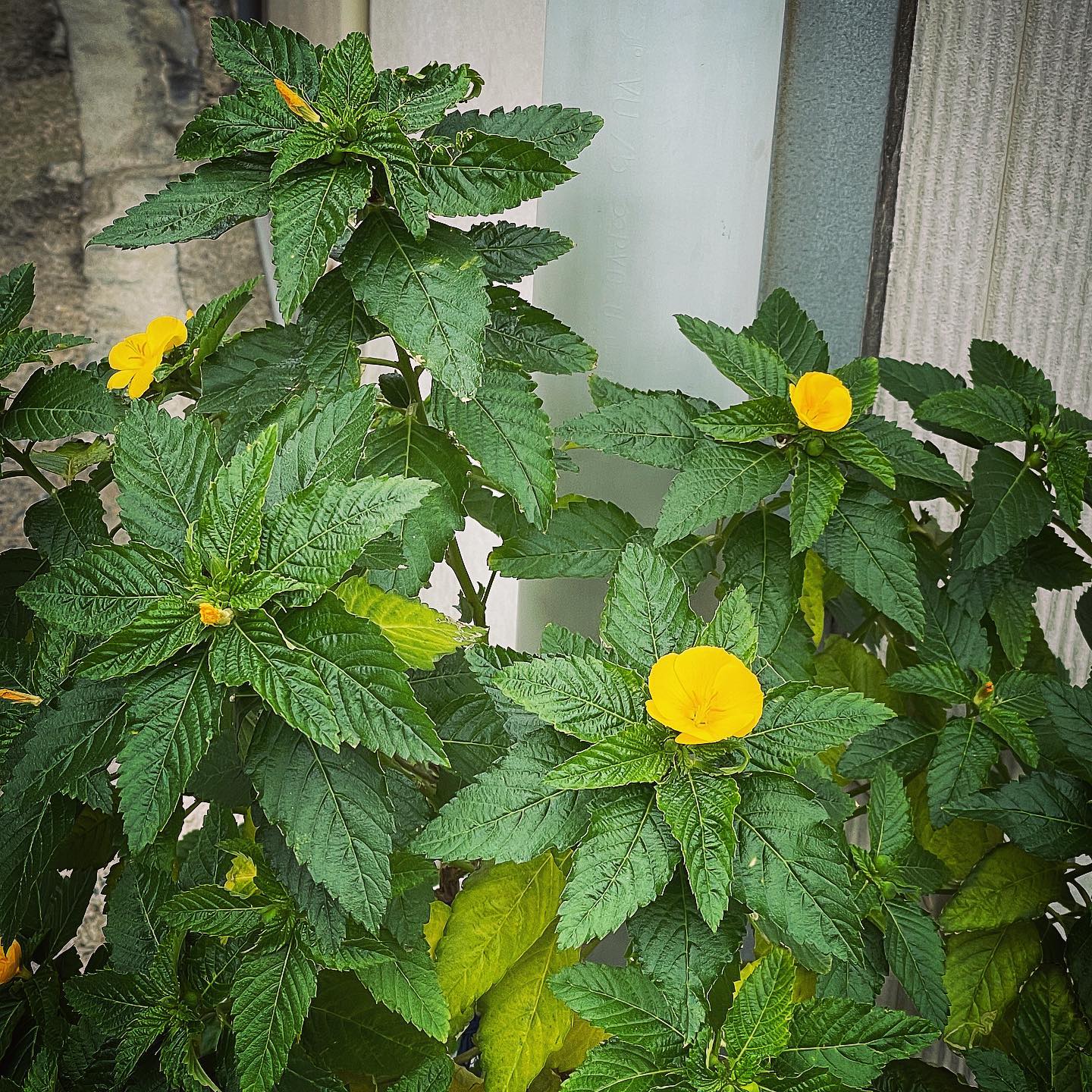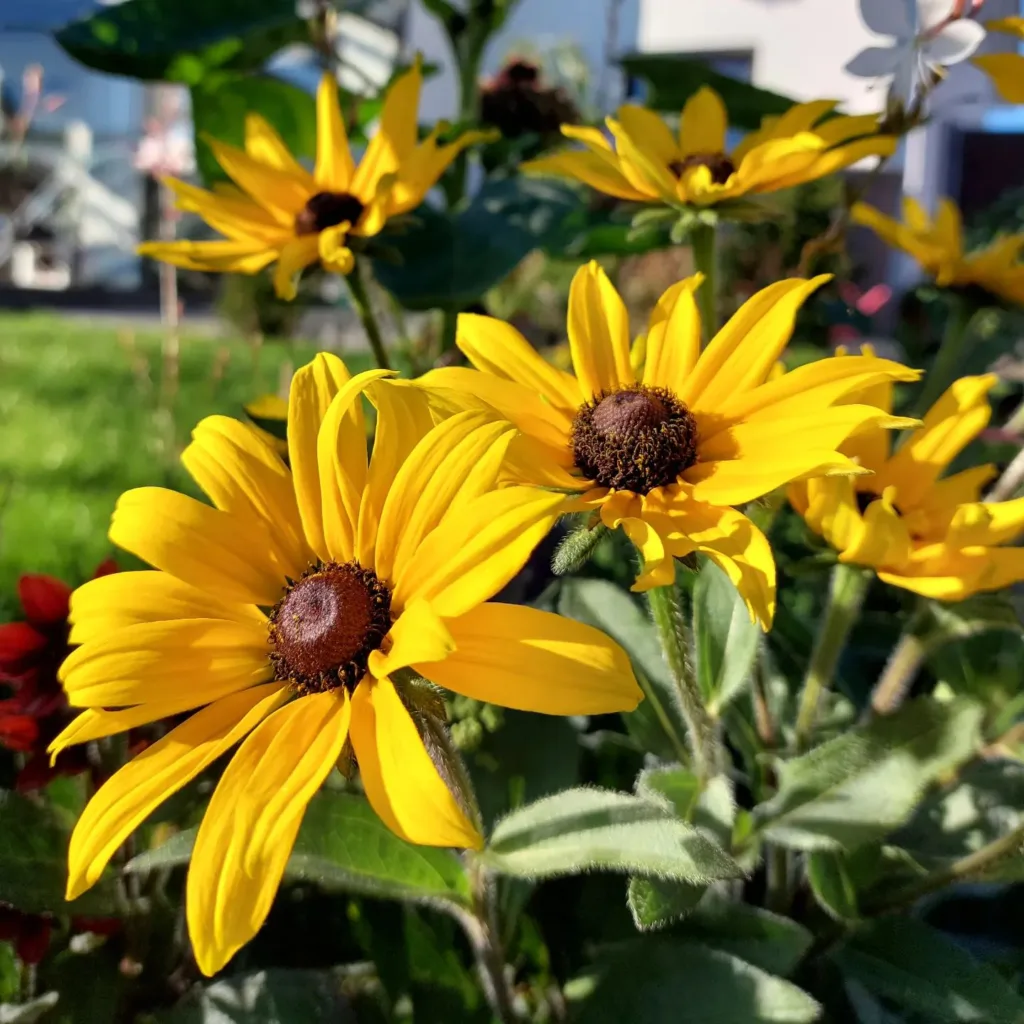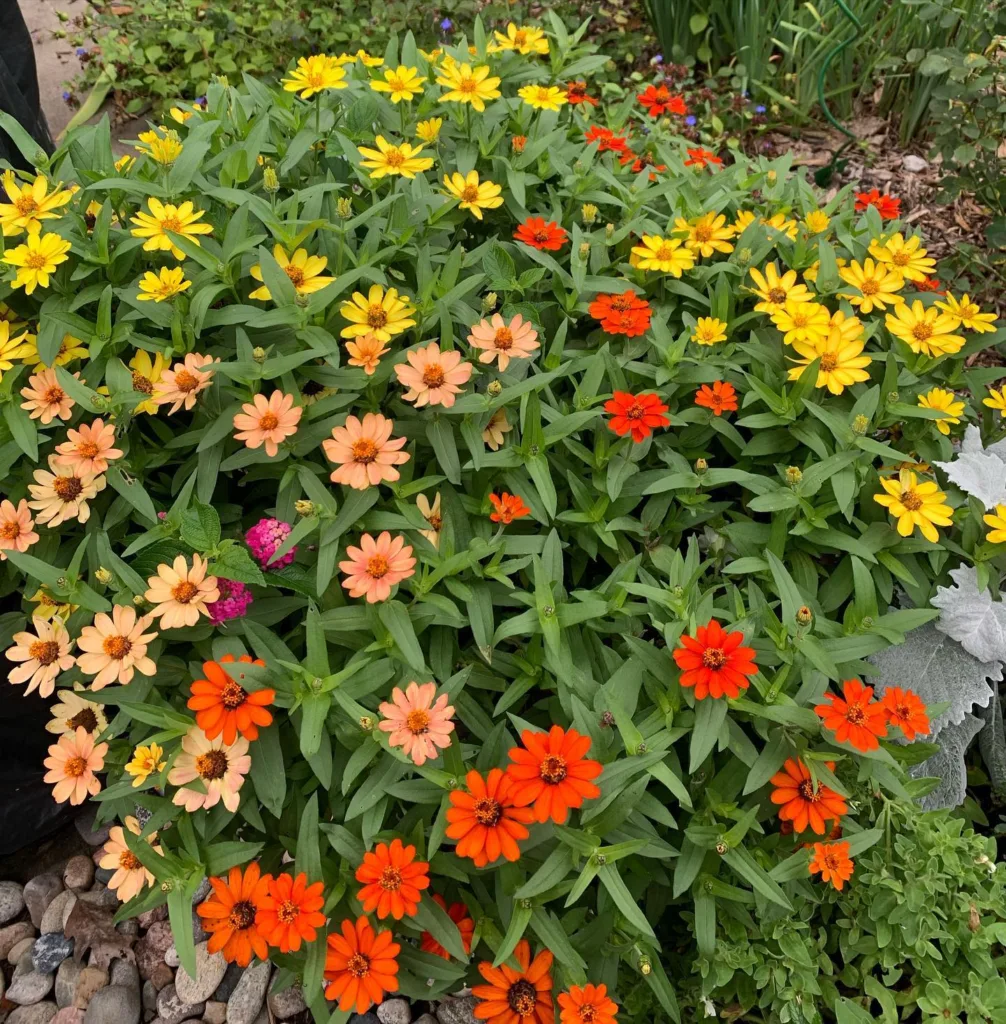Kleinia Petraea: Unveiling the Creeping Jade’s Secrets
Hi, I’m Ferb Vu, and I’m here to shed light on the captivating Kleinia petraea, also known as the Creeping Jade, Trailing Jade, or Weeping Jade. This alluring succulent has captured the hearts of plant enthusiasts with its cascading stems and plump, jade-like leaves.
But Kleinia petraea is more than just a pretty face. In this FAQ, we’ll delve into its characteristics, care requirements, and even explore how it compares to its lookalike, the Jade plant (Crassula ovata).
55 Species in Genus Kleinia
What is Kleinia petraea?
Kleinia petraea belongs to the Asteraceae family, previously classified under Senecio. Native to the rocky regions of Kenya and Tanzania, it thrives in hot, dry climates. This succulent boasts thick, trailing stems adorned with flat, oval-shaped leaves that resemble miniature jade coins.
The “creeping” in its nickname aptly describes its growth habit. Unlike the upright Jade plant, Kleinia petraea gracefully cascades, making it a perfect candidate for hanging baskets or spilling over pot edges.
Kleinia petraea vs. Jade Plant: The Great Resemblance
The resemblance between Kleinia petraea and the Jade plant is undeniable. Both flaunt plump, fleshy leaves in shades of green. However, a closer look reveals some key distinctions:
- Family: Kleinia petraea belongs to the Asteraceae family, known for its daisy-like flowers. In contrast, the Jade plant is part of the Crassulaceae family.
- Growth Habit: Kleinia petraea is a cascading succulent, while the Jade plant exhibits a more upright, shrub-like form.
- Flowers: Kleinia petraea produces small, yellow daisy-like flowers, whereas the Jade plant boasts clusters of star-shaped, white or pink blooms.
How to care for Kleinia petraea?
The beauty of Kleinia petraea lies in its easygoing nature. Here’s what you need to know to keep your Creeping Jade thriving:
- Light: Kleinia petraea craves bright, indirect sunlight. Avoid harsh afternoon sun, which can scorch the leaves.
- Watering: Water thoroughly when the soil dries completely. Overwatering is a leading cause of rot.
- Soil: Opt for a well-draining succulent or cactus mix. Ensure the pot has drainage holes to prevent waterlogging.
- Temperature: Kleinia petraea prefers warm temperatures, ideally between 65°F and 80°F (18°C – 27°C).
- Fertilizer: Apply a balanced, diluted fertilizer specifically formulated for succulents during the growing season (spring and summer). However, less is often more with succulents.
Can Kleinia petraea Live Outdoors?
Yes, Kleinia petraea can thrive outdoors in warm climates with well-draining soil. However, it’s susceptible to frost damage. If you live in a region with cold winters, it’s best to bring it indoors or provide adequate protection.
How to propagate Kleinia petraea?
Sharing the beauty of Kleinia petraea is easy! Here are two effective propagation methods:
- Stem Cuttings: Take a healthy stem section with a few leaves. Allow the cut end to callous over for a day or two before planting it in a well-draining potting mix.
- Leaf Propagation: Detach a healthy leaf and lay it flat on a moist potting mix. Ensure the base of the leaf makes contact with the soil. Keep the soil slightly moist and provide indirect light. New growth will eventually sprout from the base of the leaf.
Conclusion: Kleinia Petraea – A Cascading Gem
Kleinia petraea offers a unique combination of low-maintenance care and cascading beauty. With its resemblance to the Jade plant but with a trailing growth habit, it adds a touch of elegance to hanging baskets or shelves. Whether you’re a seasoned plant parent or a curious beginner, Kleinia petraea is sure to win your heart with its effortless charm.
If i die, water my plants!



